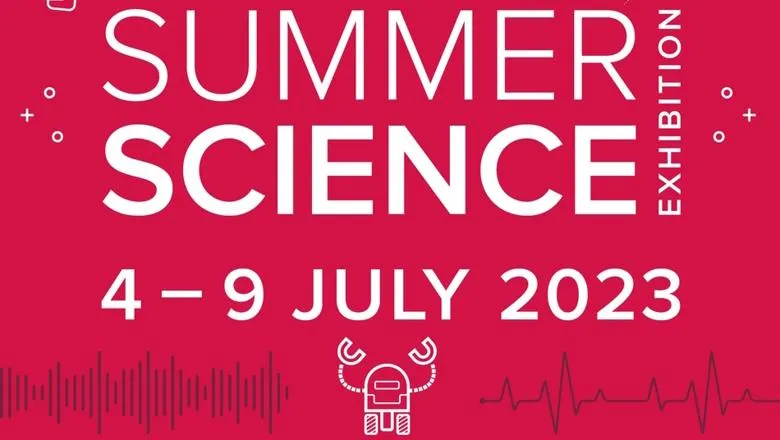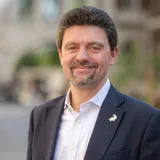We will be presenting our research on micro-robotics for eye surgery, engaging with our audiences through virtual reality interfaces, hands on activities, and by bringing our robotic equipment to create the operating room of the future right on the spot.
Christos Bergeles, Reader, Department of Surgical & Interventional Engineering
21 April 2023
Summer Science Exhibition 2023: Micro-robotics for eye surgery
The School of Biomedical Engineering & Imaging Sciences has been invited to exhibit as part of this year's prestigious Royal Society Summer Science Exhibition.

The school's showcase exhibit, Micro-Robotics for Eye Surgery, will explore the super-human capabilities of robots to perform operations in tiny and delicate spaces such as the human eye.
Visitors will be able to learn how new micro-surgical robotic systems are being developed that can operate within the human retina and could be used for cutting-edge procedures including delivering regenerative STEM-cell therapies to restore sight to people with conditions such as age related macular degeneration.
Researchers at the School of Biomedical Engineering & Imaging Sciences aim to improve surgical practice by developing robots that allow surgeons to operate under the most challenging of scenarios.
Flexible micro-robots can provide increased dexterity, better visualisation, superhuman sensing capabilities and enable surgeons to carry out challenging and even previously impossible interventions.
We highly value being invited to take part in this fantastic event. This is a great opportunity for our School to show the public our work in developing transformative medical technologies and creating better healthcare outcomes for patients, and to hear their input and ideas in return.
Professor Sebastien Ourselin FREng, Head of School of Biomedical Engineering & Imaging Sciences (BMEIS
The history of the Royal Society Summer Science Exhibition dates back to 1778, when the then President of the Society, Joseph Banks, started ‘Conversaziones’ later known as the Soirées. Visitors in 1896 had their hands x-rayed while those in 1910 could view novel pictures of Halley’s Comet. New technology such as Thomas Edison’s incandescent lamps were exhibited in 1889 while Captain Scott’s Terra Nova expedition to Antarctica in 1914 showcased natural history specimens.
Visitors today will be able to enjoy a varied programme of exhibits, talks, late-night events and activities from over three hundred scientists over the course of the exhibition's six days.


